Hi Guys!
For the second post in the Garden Series (check out post one about choosing the right type of garden) we’ll be talking about all of the things you need to do before you put your seeds and plants in the ground.
Container Gardening and Free-Standing Garden Beds
Containers to grow in
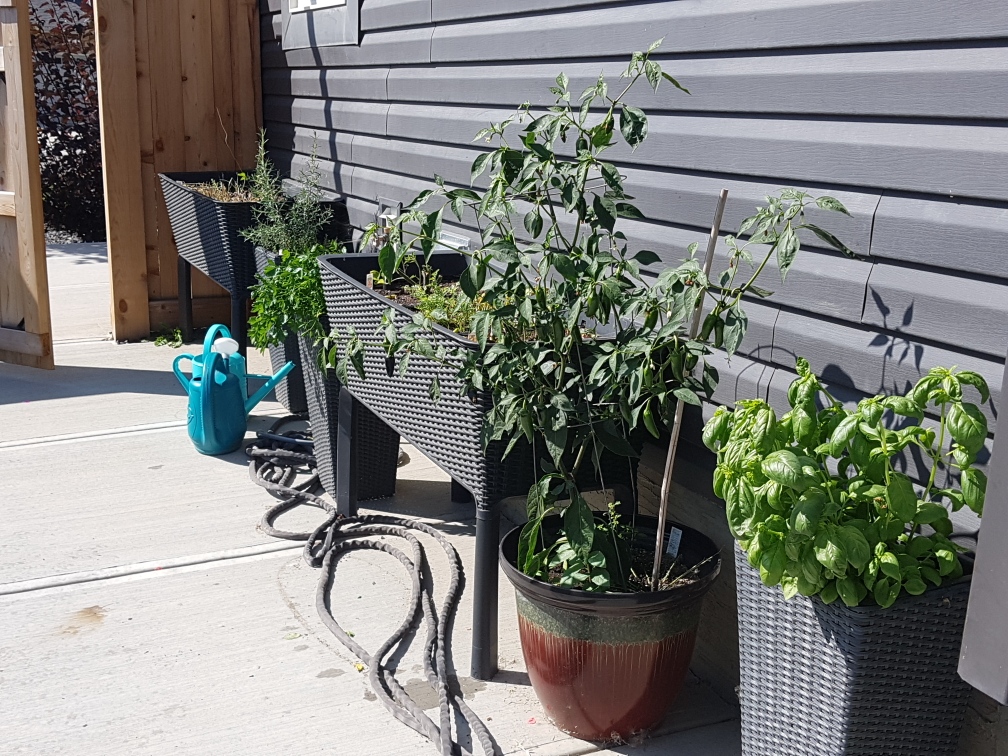
One of the first things you need to figure out with both container gardening and free-standing beds is what exactly you’re going to grow your garden in.
For containers, I recommend confirming that you have containers that are going to appropriately drain should you have hard, steady rain. Even then, if you have an awfully rainy summer, you may experience crop loss due to it literally molding in the container you choose. My recommendation is to also confirm that you can either cover or move your pots/raised garden beds.
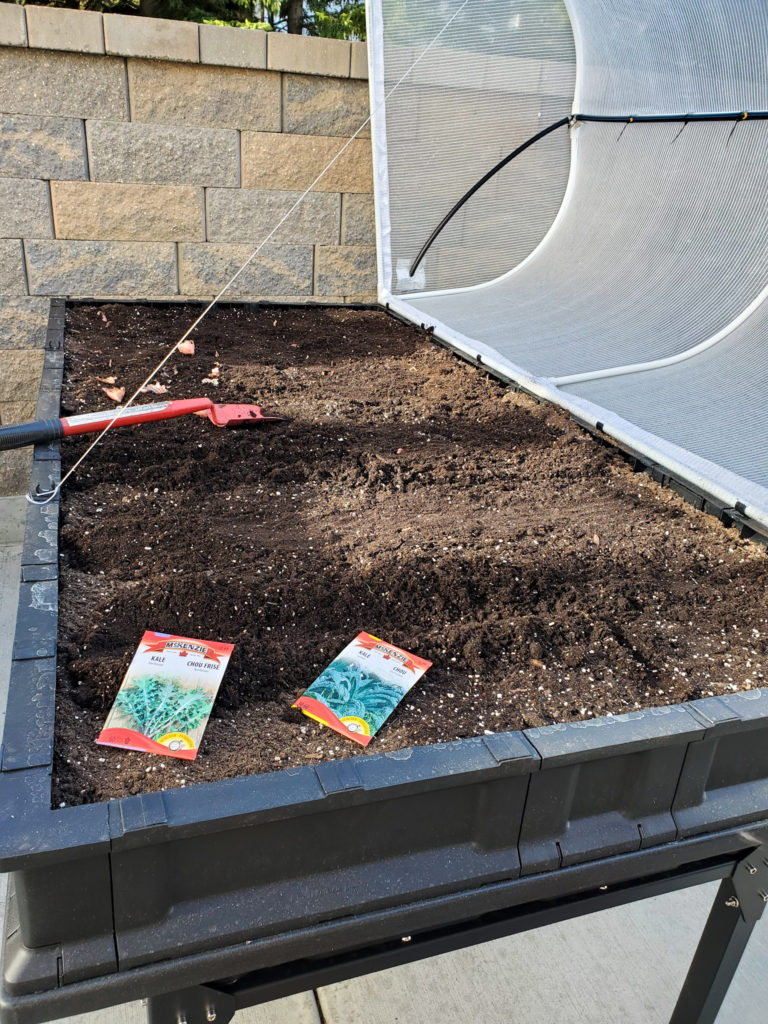
We use Vege-Pods, the large size. Ours were purchased at Peavey Mart, but I’m not sure if they are still available there. Maybe call your local Peavey, or get in touch with Vege Pod about local distributors. Lee Valley also has them!
My sister has smaller raised beds that she purchased at Costco. If you have containers, even old buckets, you can poke holes for drainage in the bottom with a nail and hammer even if necessary. Make use of what you can salvage or borrow if you are on a tight budget.
Dirt Types
For your container garden, you need to make sure you’re choosing the right dirt to support vegetable growth. We use pro-mix vegetable soil, which we get from Canadian Tire. They were super helpful this year and loaded 20 packages onto our trailer with a forklift after we purchased online since we are trying to minimize our exposure to people as much as possible.
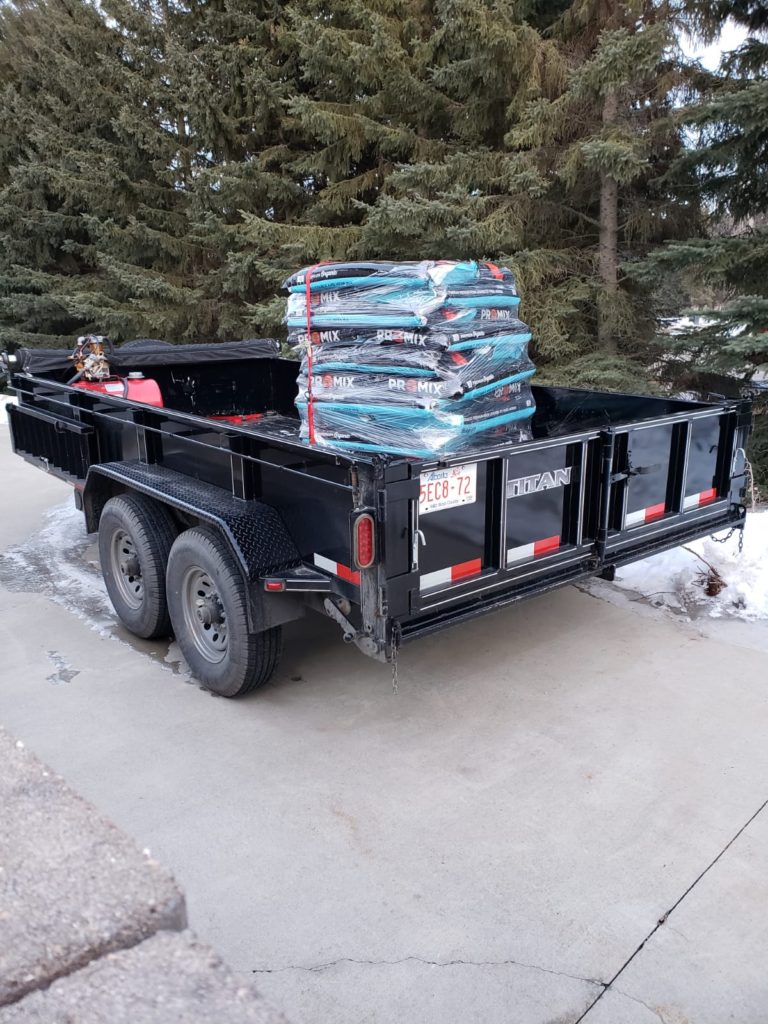
From experience, potting soil does not do as well as vegetable soil for cultivating food. Vegetable soil is more expensive, but for the amount of effort you put into growing food, it’s worth the increased investment if you can afford it.
Traditional Gardening
If you are going to have a traditional garden, you still need to get your soil ready. What you need to do will depend on the situation you have going on with your pre-existing soil. Most newer homes are on commercially prepared lots, which often means that the dirt used to backfill them could be anything, not necessarily good growing dirt. If it’s clay, you’re going to want to scrape off 6+ inches and backfill with good growing dirt. If it’s sandy, you’ll want to do similar.
Tilling
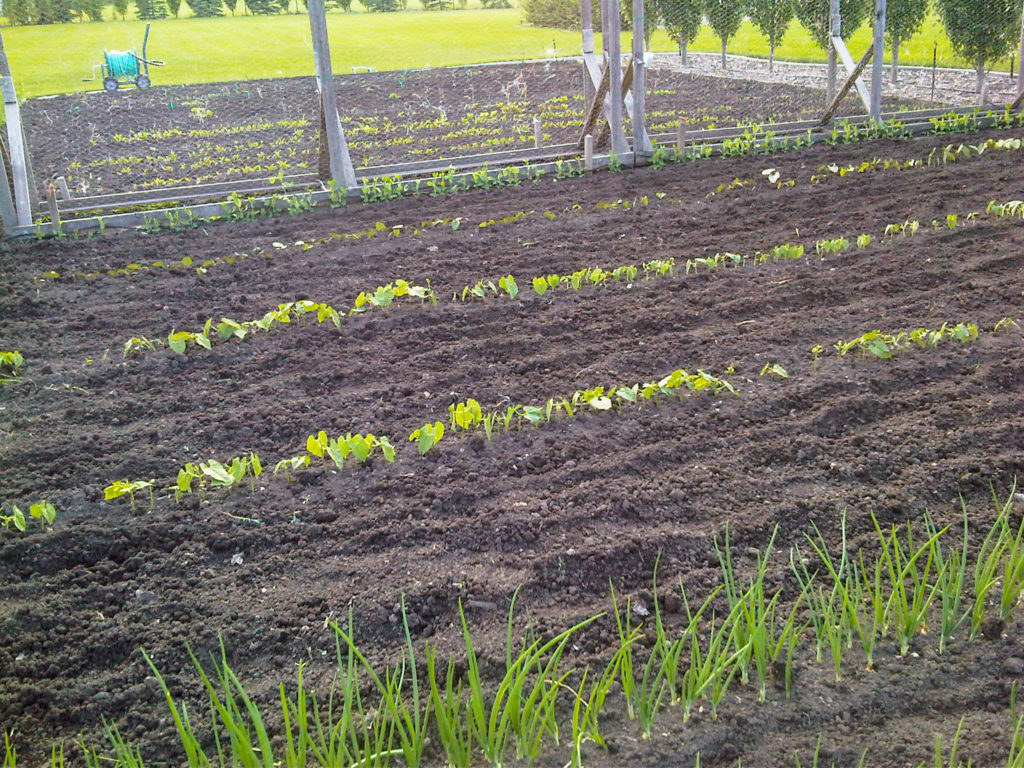
One of the things that is so, so necessary for successfully growing a traditional garden is making sure your good dirt is in good condition. You can’t plant in rock hard dirt, and plants won’t sprout in rock hard dirt. You know what thrives though? Weeds.
You will want to get your dirt nice and soft and difficult to work in (lol). At our house, we use a tiller attachment for our Massey tractor. There are also small rototillers you can get (either by purchase, or rent at a place like home depot) that will get your ground ready for planting. If you’re not able to get your hands on that, you can do it by hand with a shovel and dirt rake, or alternatively a hoe, it will just take you a bunch of time and effort. Put your kids to work?
A money saving tip:
A lot of planters are more deep than you’ll need to have dirt so that they are more accessible for harvesting, or just for aesthetics. Read your seed packets because they’ll indicate root depth, but one foot for non-root veggies is usually more than sufficient. Then, you can use this trick from my post about creating custom flower pots:
If you have a truly enormous pot because you’re wanting to create visual height, filling the entire pot with soil isn’t necessary. Fill the bottom half of the pot with empty water bottles (caps on, uncrushed) and/or a smaller pot turned upside down, then lay down a layer of newsprint (about 3 pages thick). Pour your dirt on top of that and you’ll have a much lighter pot, and you won’t waste dirt. As you fill your pots, no matter what you want to lightly press down your dirt. If you don’t, once you water the plants the dirt will settle and your plants will be too far down in the pot.

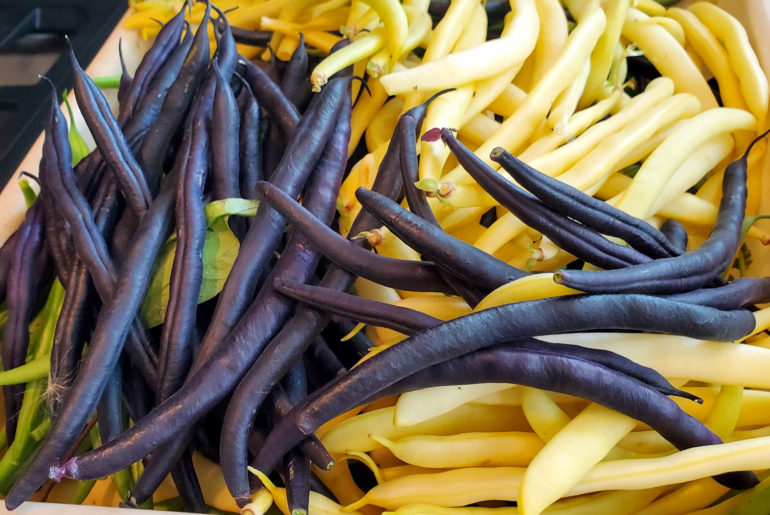
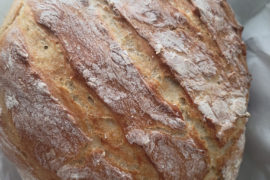


Comments are closed.